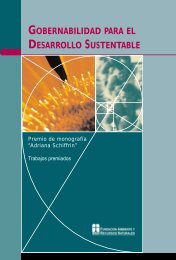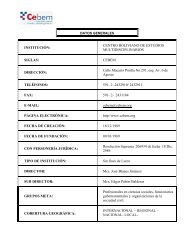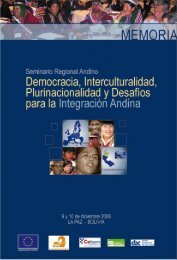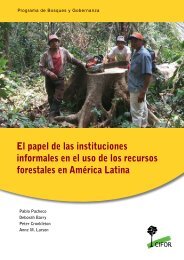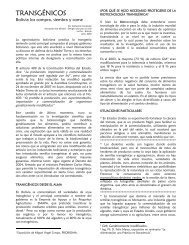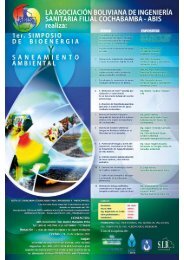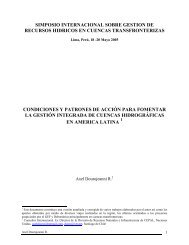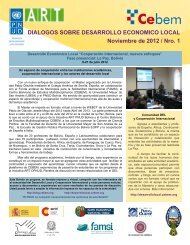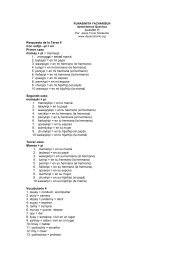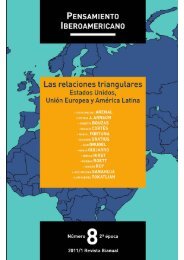Create successful ePaper yourself
Turn your PDF publications into a flip-book with our unique Google optimized e-Paper software.
the strategic action plan drew a substantial amount of its resources locally from government,private sector, and local authority funds. The investment plans of both Kisumu and Kampalaalso indicate that local resources will be sourced for the implementation of various activities.External Resource Mobilization:The project has so far been largely externally funded and the crucial next step of implementingthe SAPs and SIPs will also draw substantially from external funds sourced from donors and theprivate sector. The sources of funding include partners that have regional interests in developmentprojects and whose objectives subscribe to those of the CDS approach. The partners includeSIDA, Cities Alliance, <strong>UN</strong>-HABITAT, and Department for International Development (DfID).Interested Donor communities with priority areas of funding that include support to localauthorities, environmental improvement, poverty alleviation, and good governance are also beingconsidered. Specifically, CARE Kenya with activities on the ground in Kisumu could supportinitiatives and build synergies between projects for Kisumu. Similarly, the <strong>UN</strong>DP- PPPUE (PublicPrivate Partnerships in Urban Environment) project in Kampala could also provide support.The regional anchoring institution ITDG-EA will develop project proposals for demonstrationprojects identified by the stakeholders in each of the cities. The proposals will be used for externalfundraising.2.2.4 IMPLEMENTATION AND INSTITUTIONALIZATION2.2.4.1 Implementation of priority action plans through Demonstration projectsBased on the Action and Investment plans, it is proposed that in the next phase of the project,each city will have the opportunity to implement at least one demonstration project under theCDS initiative. It is proposed that the Partners, mainly <strong>UN</strong>-HABITAT and SIDA would mobilizeresources and provide technical expertise for this next phase. At the same time, cities woulddevelop proposals based on the Action and Investment plans to support the various interventionareas where local budgets are insufficient for implementation.KISUMU PILOT PROJECTS MUSOMA PILOT PROJECTS KAMPALA PILOT PROJECTS❍❍❍❍❍❍Sustainable Urban Mobility Project(SUM)Rehabilitation of Jomo Kenyattarecreational GroundsConstruction of a modern Kisumu BusParkCommercialization of water andsewerage servicesA livestock scooping surveyconducted in 2002.Solid and Liquid Waste Management❍❍❍❍❍❍Reclamation and improvement ofKitaji pondConstruction of a dumping siteConstruction of storm water drainageRegularization of informal settlementsPurchase of cesspit emptiersUpdating of Cadastral plans andsetting up a Geographical InformationSystem (GIS)❍❍❍Kampala Urban Sanitation Project(KUSP)Ecological Kampala Sanitation ProjectThe Local Government DevelopmentProgramme (LGDP II)2.2.4.2 Project Monitoring and EvaluationProgress Reports and Meeting MinutesAt the regional level, progress reports were prepared by ITDG-EA and shared with other projectpartners. At the local level, all three City councils prepared minutes of their consultative meetings,and also reported on the progress of the process. These reports were mainly sent to <strong>UN</strong>-HABITAT28Cities Development Strategies for Improved Urban Environment and Poverty Reduction in the Lake <strong>Victoria</strong> Region



